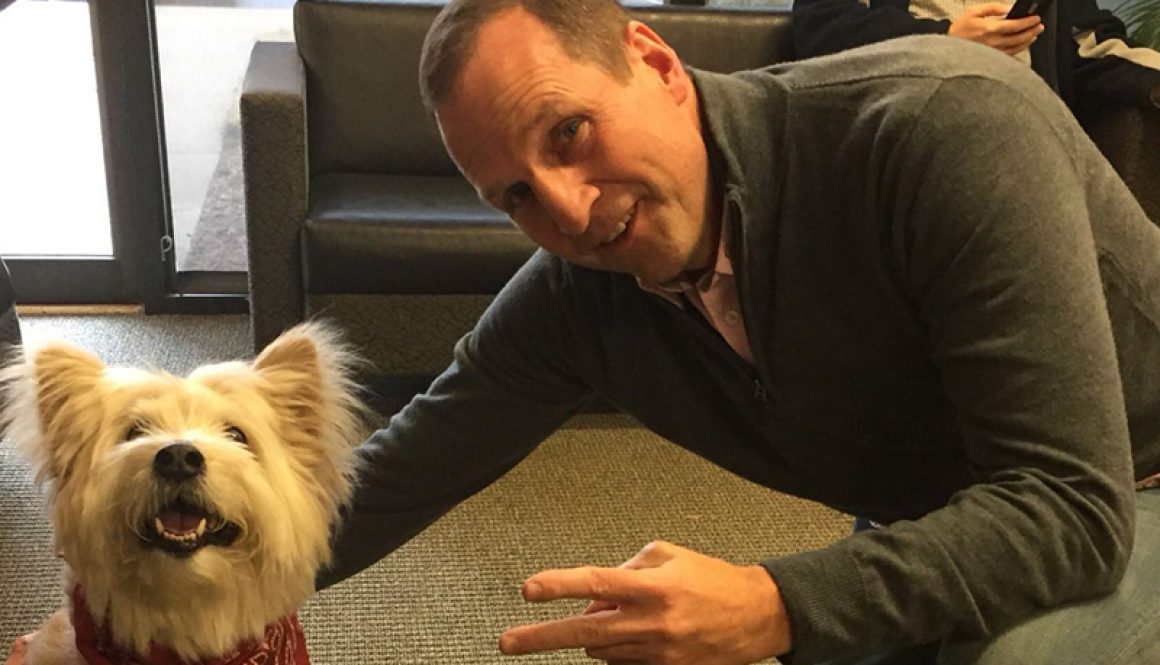15 Strategies for Chronic Worrying
I recently found the best definition of worry. It was in the clinical psychology textbook Worry and its Psychological Disorders by Graham Davey and Adrian Wells.
From page 5: “Worry has been defined as a chain of thoughts and images, negatively affect-laden and relatively uncontrollable; it represents an attempt to engage in mental problem-solving on an issue whose outcome is uncertain but contains the possibility of one or more negative outcomes; consequently, worry relates closely to the fear process”.
I like this definition because it captures the elements of uncertainty and fear associated with worry.
In interest of focusing on the solution I would like to offer 15 useful strategies to cope with worry:
Do NOT worry about worry: One of the main differentiating factors in terms of worry is the phenomenon of WORRY about WORRY. This seems to be equated with more significant worry “issues”. So if you worry…DON’T worry about it… You are normal.
Focus on “Worst Case Scenario”: If you are able to visualize the worst possible outcome of the situation and envision how you would respond you can reduce worry in the present.
Set aside “time” to worry: Sounds weird but put it on the calendar. Maintain a certain day and/or time to “worry” and problem-solve. Bring paper and a pen and start writing down contingencies and potential solutions. This can reduce the random and ongoing “worrying”.
Keep a pen and paper on your nightstand to write down the worries that keep you up at night: Trading on the principle of “getting it out of your head”. Get it down on paper and then go back to sleep.
Find a consultant to process the issue that you are worried about: Try to find someone who is an expert in the area of worry (for example financial problems, addiction in the family, children struggling in school) and see if they can provide feedback. You are trying to focus your “problem-solving” on a specific target. In addition, you may uncover actual solutions.
Worry involves “problem-solving”. Try to identify the “next step” and stop there: The risk with worry is that you go down the rabbit hole of contingencies and potentialities. You tend to project well into the future. For example: you are worried about a particular health issue and you start ruminating on the situation. Next thing you know you are trying to figure out which long term nursing home you can get into based on your retirement fund. Instead focus on scheduling a doctor appointment with your primary care physician and let it go. Wait until the results to become worried about the next steps.
If you have “multiple worries” try to prioritize: My wife just went on a rant about multiple financial things we need to address. Whoa… calm down. Let’s focus on one thing at a time. Ask yourself what is current focus and what is the next step associated with that particular issue. Using Stephen Covey’s priority matrix as a guide I have developed a framework for prioritizing worry (below):
|
URGENT/IMMEDIATE |
NOT URGENT/FUTURE |
|
| More | QUADRANT 1
Example: On you way to work today your car starts making weird noises. Still running but for how long? |
QUADRANT 2
Example: The lease on your current car is running out in 6 months and you are worried about how much the “overage” miles will cost you? |
| Less | QUADRANT 3
Example: You get phone call from your adult son’s girlfriend. They live in another city and you have occasional contact with him. She is concerned he is drinking too much? |
QUADRANT 4
Example: Due to his drinking your adult son’s job may be in jeopardy and you are worried that he will lose his job, his apartment and need to move back in with you? |
The key to prioritizing and working through worry is to spend your time “above the line” in quadrant 1 and quadrant 2. Lack of control is incredibly stressful and learning to step away from situations you don’t control can have very positive impact. As with all things that involve human beings it is not an exact science. Think of this a guideline.
Watch out for the weird, wacky and wild worries that come out of left field: These are usually generated from our sensationalized news outlets. They show you a story of someone who developed chronic headaches and they speculate it is from cell phone use. The headaches put the person into a depressed mood and he becomes a social outcast living a life of misery. CNN or FOX or MSNBC etc.. use this story to birth a new disorder that is named “Chronic Cell Phonitis Not Otherwise Specified”.
They have “experts” from Harvard come on and tell you it is the end of the world as we know it. Then you spend the next 2 weeks on the internet trying to find out the likelihood of catching this illness, ways to prevent this illness and the prognosis if you do catch this illness. You have a worry bucket… Don’t fill it with these frivolous topics. These people are REE-DUNK-ULOUS….
Stay busy: George Bernard Shaw said: “The secret of being miserable is to have the leisure to bother about (think about) whether you are happy or not”. If you can keep moving and keep involved in activities, interactions, meaningful work you will “crowd worry out of your mind”.
Avoid toxic people: If you are worried talking to other people who are worriers and/or negative about life is a recipe for disaster. Limit these interactions and walk away from relationships that leave you feeling drained.
It’s not the event but your reaction to the event that causes you distress: The stoics were the first to articulate the reality that you can choose your reaction to any event. This has been handed down for generations and forms the foundation for Cognitive Behavioral Therapy and Rational Emotive Behavioral Therapy. Essentially you can rationally challenge your thinking. A common approach is the A-B-C-D model:
- A= Activating Event (what happened-facts; ex—she ignored me @ the mtg.)
- B= Belief About the Event (our interpretation; “she doesn’t like me”)
- C=Consequences related to the interpretation (anger toward the person, rude toward the person etc…)
- D=Dispute the Belief (what alternative explanation is there; maybe she was distracted)
Clearly understand that worry doesn’t prevent the bad from happening: “The meta-cognitive model” states that people believe worry will prevent something bad from happening. Research indicates that it is common for people to maintain this underlying belief. It is easy to see how this would drive worry.
Preventative measures for worry. These are activities you can engage in “before” the worry rises up. As the name implies they are routine activities that, when applied consistently, can reduce the intensity of worry and the negative impact of worry.
Prayer and Meditation: Perhaps nothing is more universally talked about as a way to reduce stress, worry and the associated issues as prayer and meditation. Even if you don’t buy the spiritual aspects science tells us that consistent meditation can “re-wire” the brain and create new neural pathways.
The “free” Three: There are 3 “free” activities that have been proven to be highly effective in reducing stress and worry. These are 1) Music-listen as much as possible; 2) Outdoors-being outside even for a brief walk and 3) Laughter-YouTube is great for access to funny videos.
Community: Regular involvement in some type of group or community activity. Human beings are social creatures. Being around others provides a boost to our mood and reduces the negative impact of stress and worry.
Managing worry is an ongoing process. No one is free of worry. If someone tells you he “never worries” then he is either high or lying. Give yourself a break. Find someone you can confide in and, if possible, a group that can support you…
If you are in Greenville SC or surrounding area check out our group opportunities at: www.favorgreenville.org



